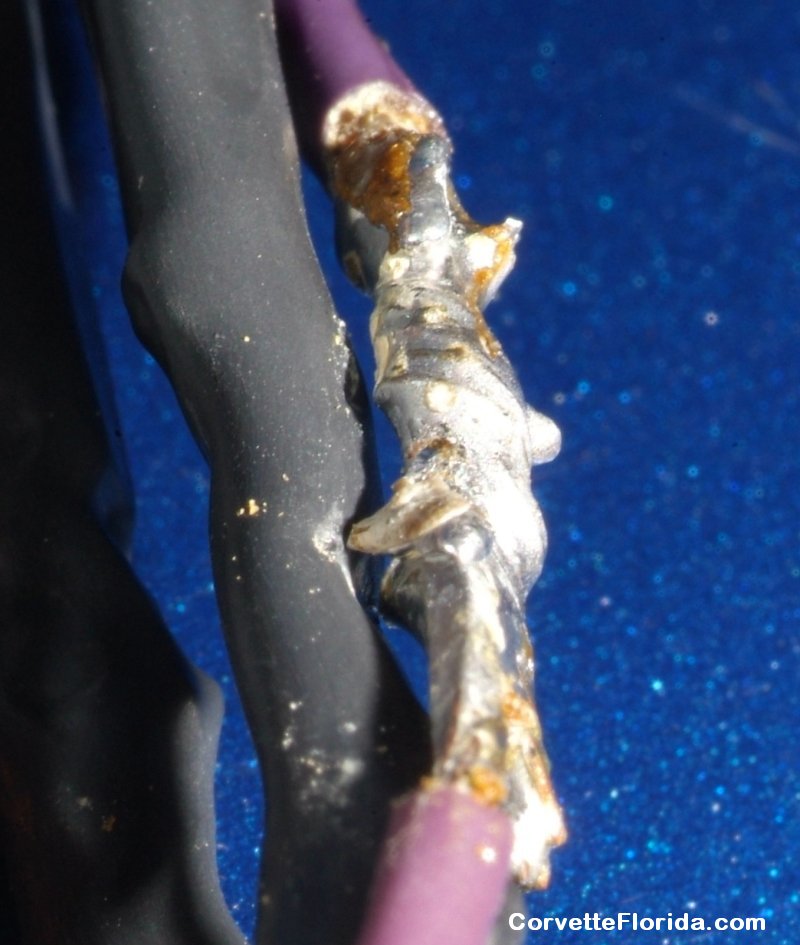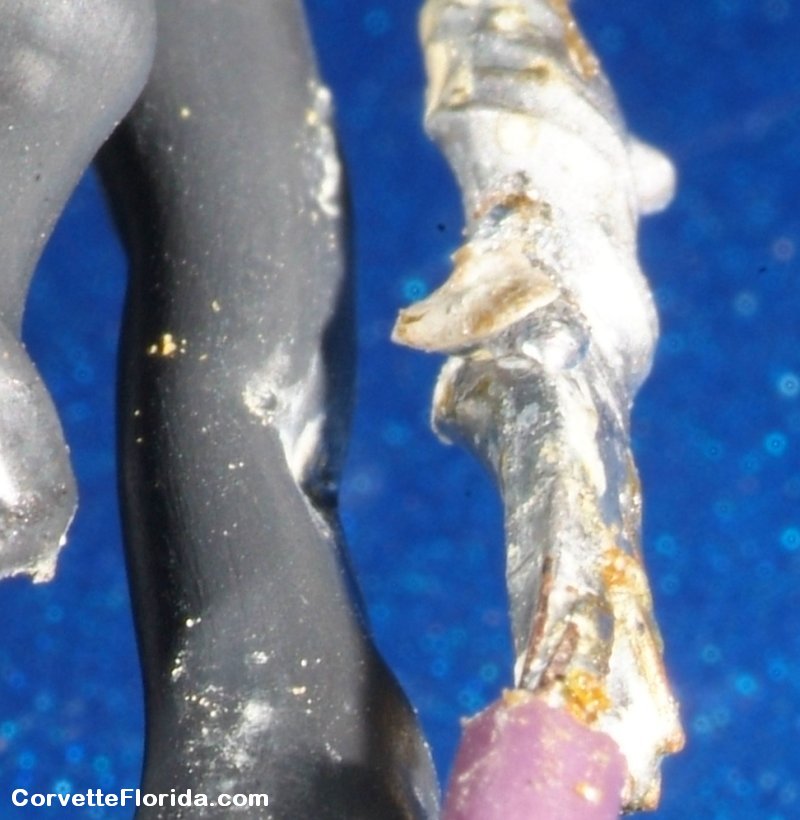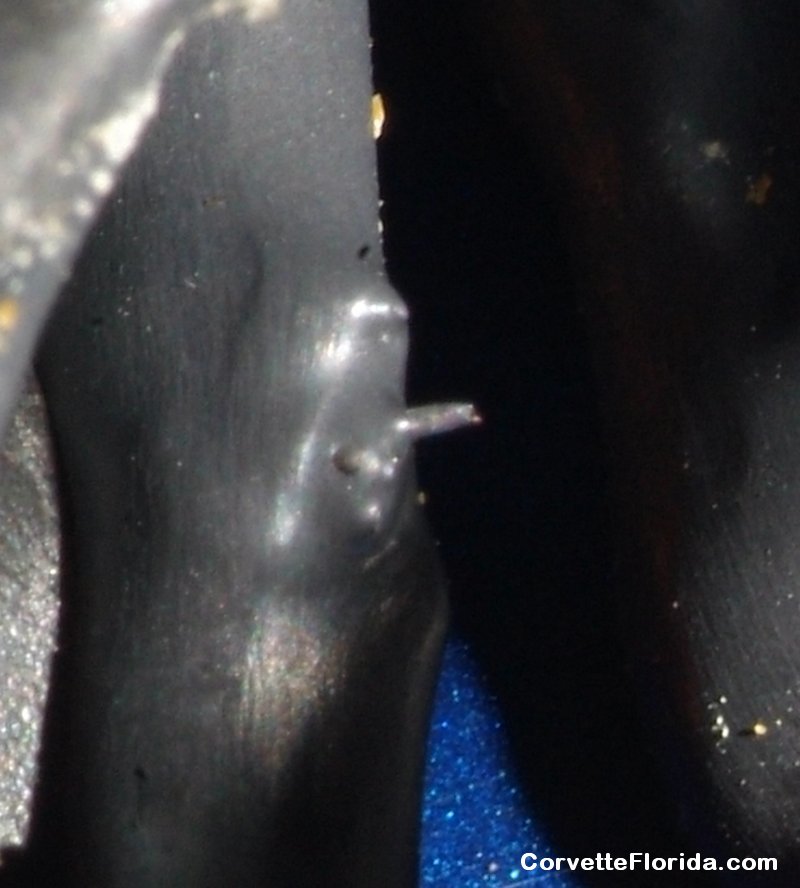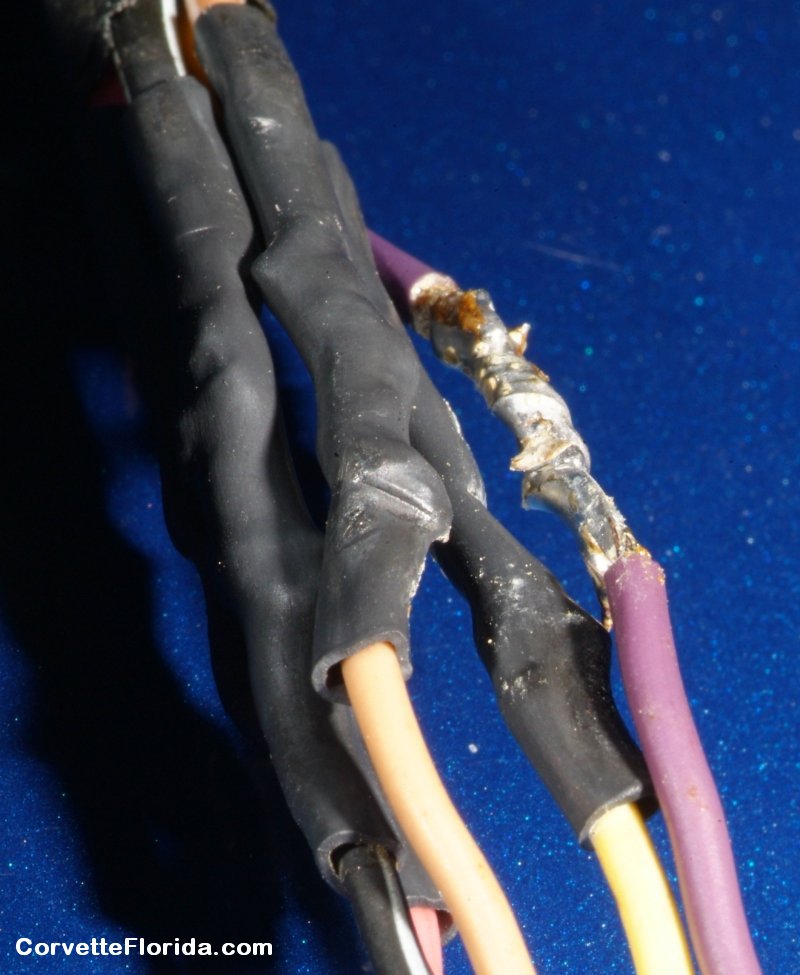Elaborating on everything Joecar said -
In forced-induction applications, you'll learn that ultimatelty it's all about the capability of the fuel you choose to run; you are fuel-limited. Even guys that want *insane* torque levels figure out that it's dang near impossible to make 1500-hp on a forced-induction 6.0-litre motor with pump gas (because pump fuel will not tolerate cylinder pressure i.e. dynamic compression ratio levels that high), and they upsize to 7.0-litres because the increased chamber size/displacement allows them to achieve those power levels via a lower, more manageable dynamic compression ratio, one that pump fuel will tolerate. The fuel you run dictates everything, IMO.
From EFI-101 class:
"Stoich" (pronounced 'Sto-Ick') is slang for "stoichiometric ratio" (pronounced 'Sto-kee-oh-metric'), which from high school chemistry class is defined as the exact amount of fuel, plus the exact amount of oxidizer (air) needed to have chemically perfect combustion, i.e. no leftover emissions, there is exactly present the correct amount of fuel for each molecule of oxygen.
All fuels are chemically different, and will have different stochiometric ratios; in high school autoshop I was taught that gasoline has a stochiometric ratio of 14.63:1, meaning that for every 1 "part" of gasoline you must provide 14.63 "parts" of air to achieve a chemically perfect combustion. Fuels are VERY forgiving, gasoline especially - it will burn anywhere from 10:1 all the way to over 16:1, if the proportions are anywhere near close it will ignite/explode; but at 10:1 ratio, there will be a lot of leftover unburned fuel, because not enough oxygen molecules were provided!
Fuel refineries work very hard to make sure the products they sell meet these ratios, and different fuel blends will have differing ratios - for education purposes check out VP Fuels website, they publish the stoichiometric ratios on all their custom blends and you will see that C16 not only has a different octane rating but also a different stoich, meaning that a carburator jetting change -OR- change to the PCM's "stoich ratio" setting {B3601} is required. This same adjustment is necessary if you were to change to methanol, or E85, or E10... you gotta know the fuel you are running and it's stoichiometric ratio and plug that number into the {B3601} cell in your tune.
YES; significantly so. There is a vocabulary lesson required, the difference between "gasoline" and "fuel" - 40-years ago what came out of the service station nozzle was one-and-the-same, but today you are not purchasing "gasoline", rather you are technically purchasing a "fuel product" of which only 90% of that product is actual gasoline and the rest is 'something else'. This is the explaination I share, it's waaayyy oversimplified but.... Imagine two pie tins, fill one with an inch of mid-1960s "pre-emissions" gasoline and the other with today's E10 pump fuel, then light them both on fire, and feel the warmth from each fire with your hands - what you will observe is that the mid-1960s gasoline gives a MUCH HOTTER fire than today's fuel! After 30-years of EPA laws, fuel refiners have been forced to blend fuels having less and less heat energy, meaning that engine power outputs go down because the chemical energy just isn't there in the fuel to begin with; not only has the fuel octane gone down (that's been very obvious to the general public for decades) but more importantly the actual potential energy IN the fuel has been weakened over time. A large part of why 80's vehicle performance sucked so bad has a lot to do with the OEM's struggling to deal with the fuels available on the market -in addition to- congressional emissions laws, CAFE requirements, etc. E10 pump fuel is only 90% gasoline, and 10% FILLER! IMO, if the EPA could have realistically gotten away with mandating 10% water in pump fuel they would have happily done that instead (ethanol is the next safest thing, in their minds)!!! What this means for us throttle junkies is: fortunately there still remains "gasoline" in E10 pump fuel, you just gotta squirt a lot more of it into the engine than you would have 40-years ago to make power, because 10% of today's fuel is just "filler" - it has no combustion benefit that I can see.
Another common misconception: that E10 is related to E85, or simply just "E85 light" - as a fuel you cannot compare E10 to E85, they're totally different animals with totally different combustion characteristics. E85 fuel has an attractively high octane, but it burns very cool (remember the pie tins?) and you have to squirt a sh!t-ton of it down the intake port to make power. Meaning: purchasing a bigger fuel pump, bigger fuel injectors, bigger fuel plumbing, bigger fuel comsumption = MORE COST. These are my opinions and impressions of E85 fuel, do your own research, I came to the conclusion that yes a guy can make big power with E85 but the costs are prohibitive (compared to achieving the same power potential with E10 pump fuel, or E0 gasoline).
YES; table {B3601}.
I've seen a few different fueling strategies, and at the end of the day as long as the engine gets what it needs then I guess all is well enough; some guys calibrate like Dephi does, they keep the stoich unchanged at 14.63:1 while increasing the commanded AFR under high load conditions, and they make it work. Personally, my philosophy is to not "lie" to the PCM, or it will not know how to accurately fuel the motor! It is my suggestion that whatever value is input into {B3601} matches the fuel you are actually injecting through the rails; make the computer work FOR you, rather than adopting a mindset of "workaround tuning".
It's a California thang - 30-years ago, vehicle makers by themselves could not make engines running clean enough for the State of California; as a result, the California Air Resources Board (CARB) figured that they could immediately get a 10% improvement in air quality by geting all the cars in the entire state to burn 10% less gasoline by simply watering that gasoline down 10% with ethanol - the 10% figure was determined as the most amount of ethanol they could get into the fuel without citizens popping motors everywhere! CARB knew that everyone's cars would run lean on this new emissions fuel blend, that was not important to them - their goal was to get citizens to burn 10% less gas, hence putting 10% less crap into the air. So laws were passed in California requiring all fuel sold to contain 10% ethanol, and the result is that the fleet of vehicles in the state burned 10% less gasoline (because 10% of the fuel wasn't gasoline!) and air quality emissions DID improve. However the costs were increased fuel prices at the pump (California fuel is unique, and expensive), loss of MPG, and loss of torque.
Because of the success of California fuels in fighting emissions, the EPA now mandates E10 at the pump in all 50-states (as of last year). The OEMs have adapted to the problem with FlexFuel systems, so running lean isn't an issue now because the fuel line tells the PCM in real-time exactly the ethanol content in the fuel and the stoich value is now always varying according to what's in the tank - regardless of whether it's E0, E10, E50, E85, or even E100. But, you still cannot get away from the physics that ethanol burns much cooler than gasoline (ie has less energy density, as a fuel) so MPG takes a hit. And torque still suffers unless one uses their right foot to increase the amount of both air & fuel going into the combustion chamber... at the end of the day, it's cylinder pressure that makes the piston go down the hole, turn the crank, and make burnout marks - and that comes from MORE HEAT.
E15 - all I can offer there is... government forcing the market to invent a need for more ethanol, to the benefit of ethanol producers? I dunno...
- Steve.






 Reply With Quote
Reply With Quote







